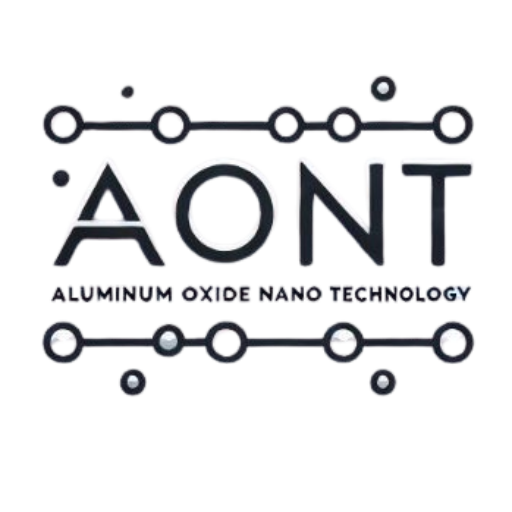26 January 2013
The document titled “Nanoporous Anodic Aluminium Oxide: Advances in Surface Engineering and Emerging Applications” is a comprehensive review of the fabrication, structural engineering, surface modification, and emerging applications of nanoporous anodic aluminum oxide (AAO).
This paper provides a thorough overview of the current state of AAO research, focusing on the material’s engineering and its wide-ranging applications.
- Introduction:
- The document highlights the significant interest in AAO due to its unique properties and its use in various nanoscale applications, such as molecular separation, catalysis, energy generation, and drug delivery.
- Basic Properties and Fabrication:
- AAO is produced through the electrochemical anodization of aluminum, resulting in highly ordered nanoporous structures. The review covers the parameters that influence pore formation, such as voltage, electrolyte composition, and temperature.
- Self-Ordering Electrochemistry:
- The self-ordering process in AAO involves creating a highly ordered array of nanopores through controlled electrochemical anodization. The document describes the stages of pore formation and the factors that influence this process.
- Structural Engineering:
- Recent advances in AAO fabrication have led to the development of complex pore architectures, such as modulated, branched, and multilayered structures. These innovations have expanded the range of potential applications for AAO, including its use as templates for nanostructures.
- Surface Modification:
- The review discusses various techniques for modifying the surface properties of AAO, such as wet chemical methods (e.g., self-assembled monolayers, polymer modifications) and gas-phase techniques (e.g., chemical vapor deposition, plasma polymerization). These modifications are crucial for enhancing the functionality of AAO in different applications.
- Emerging Applications:
- AAO’s unique properties have enabled its use in various emerging applications, including:
- Template Synthesis: AAO is used as a template for synthesizing nanostructures like nanotubes and nanowires.
- Sensing: AAO is utilized in optical and electrochemical sensors for detecting chemical and biological molecules.
- Molecular Separation: AAO membranes are employed in the separation of ions, amino acids, proteins, and DNA.
- Biomedical Applications: AAO is explored for drug delivery, tissue engineering, and as a platform for cell growth.
- AAO’s unique properties have enabled its use in various emerging applications, including:
- Conclusion:
- The document concludes by emphasizing the potential for further advancements in AAO-based technologies, particularly in surface and structural engineering, to open new opportunities in various fields such as nanotechnology, biomedical engineering, and energy storage.

Page restricted | ScienceDirect
About ScienceDirect
Shopping cart
Contact and support
Terms and conditions
Privacy policy
Shopping cart
Contact and support
Terms and conditions
Privacy policy

Leave a Reply